Mastering Laravel 10 CRUD Operations: A Step-by-Step Guide with Code Examples

Laravel is a popular PHP web application framework that allows developers to build robust and scalable applications quickly. One of the essential features of any web application is CRUD (Create, Read, Update, Delete) functionality, which allows users to perform basic data operations.
In this blog post, we'll go through the process of implementing CRUD functionality in Laravel 10. Here's what we'll cover:
1. Setting up the Environment
Before we start, we need to set up the environment to run our Laravel application. We'll need to install PHP, Composer, and Laravel using the command line.
# Install PHP
sudo apt install php
# Install Composer
sudo apt install composer
# Install Laravel
composer create-project laravel/laravel my-app
2. Creating a Database and Table
Next, we'll create a MySQL database and table to store our data. We'll use Laravel's built-in migration tool to create a table and define its columns.
# Create migration
php artisan make:migration create_users_table
# Define table structure
public function up()
{
Schema::create('users', function (Blueprint $table) {
$table->id();
$table->string('name');
$table->string('email')->unique();
$table->timestamp('email_verified_at')->nullable();
$table->string('password');
$table->rememberToken();
$table->timestamps();
});
}
# Run migration
php artisan migrate
3. Creating the Model
The model represents the data and interacts with the database. We'll create a model class that defines the table and its relationships.
# Create model
php artisan make:model User# Define table and relationships
class User extends Model
{
protected $table = 'users';
protected $fillable = ['name', 'email', 'password'];
}4. Creating the Controller
The controller handles user requests and calls the appropriate model method to perform CRUD operations. We'll create a controller class with methods for each CRUD operation.
# Create controller
php artisan make:controller UserController# Define CRUD methods
class UserController extends Controller
{
public function index()
{
$users = User::all();
return view('users.index', compact('users'));
}
public function create()
{
return view('users.create');
}
public function store(Request $request)
{
User::create($request->all());
return redirect()->route('users.index');
}
public function edit(User $user)
{
return view('users.edit', compact('user'));
}
public function update(Request $request, User $user)
{
$user->update($request->all());
return redirect()->route('users.index');
}
public function destroy(User $user)
{
$user->delete();
return redirect()->route('users.index');
}
}
5. Creating the Views
The views are the user interface for our application. We'll create four views for each CRUD operation: create, read, update, and delete.
# Create views
resources/views/users/index.blade.php
resources/views/users/create.blade.php
resources/views/users/edit.blade.php
6. Routing
We'll create routes in Laravel to handle user requests and direct them to the appropriate controller method.
# Define routes
Route::get('/', function () {
return redirect()->route('users.index');
});
Route::resource('users', UserController::class);
7. Testing
Finally, we'll test our application by performing CRUD operations on the database using the user interface.
# Test CRUD operations in web browser
http://localhost:8000/users
http://localhost:8000/users/create
http://localhost:8000/users/1/edit
By following these steps, we can implement CRUD functionality in Laravel 10 and create a fully functional web application. Laravel provides a powerful framework for building web applications quickly and easily, and with CRUD functionality, we can create applications that allow users to interact with data in meaningful ways.
Overall, implementing CRUD functionality in Laravel 10 is a straightforward process that any developer can learn with practice. With the right tools and techniques, you can build robust and scalable applications that meet the needs of your users.
Categories : Laravel
Tags : PHP Laravel 10 CRUD operations code examples web development CRUD

Abhay Dudhatra
0 Comments
Related Articles
Access Prev Next Post Navigation from Laravel Blad...
 By Praful Sangani -
July 21,2022
By Praful Sangani -
July 21,2022
Laravel 8 Custom User Login and Registration Examp...
 By Praful Sangani -
July 19,2022
By Praful Sangani -
July 19,2022
How to Generate QR Code in Laravel 9 Example
 By Praful Sangani -
July 21,2022
By Praful Sangani -
July 21,2022
Categories
Laravel
48React
17CSS
4jQuery
3PHP
19JavaScript
53HTML
4Python
30Node.js
2Git
8Bootstrap
15MySQL
7WordPress
27Popular Articles

WordPress Add Posts #16
August 04,2022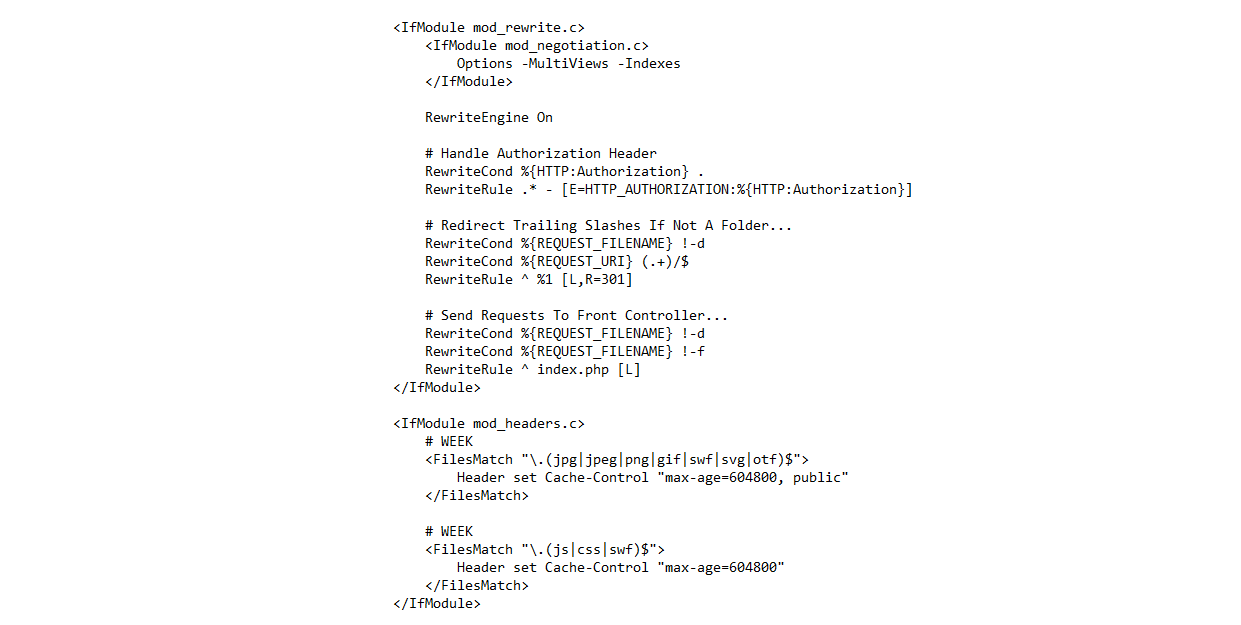
GZIP and Browser Cache a website wi...
July 21,2022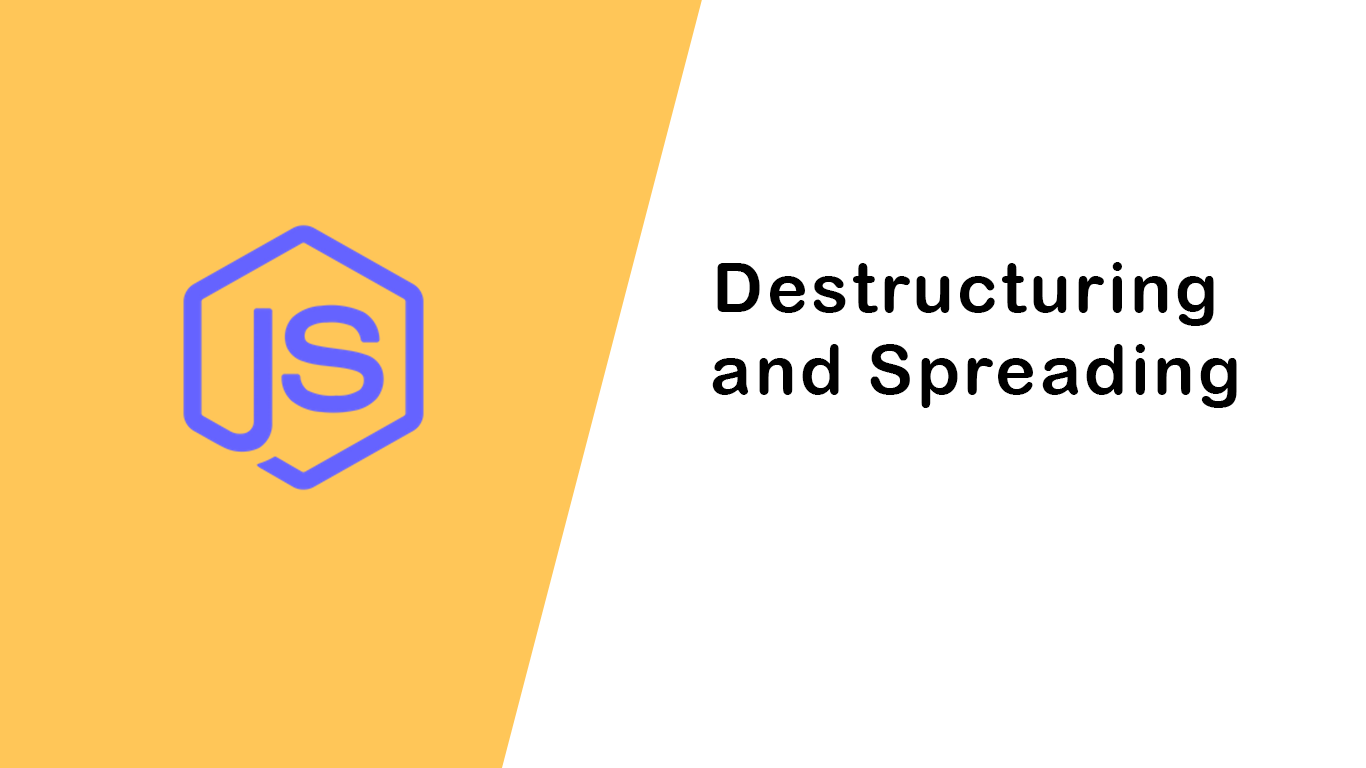
Destructuring and Spreading
August 13,2022
Import Export CSV And Excel File in...
July 22,2022
Laravel 8 Custom User Login and Reg...
July 19,2022Featured Articles

Laravel 9 Custom Login and Registra...
May 11,2023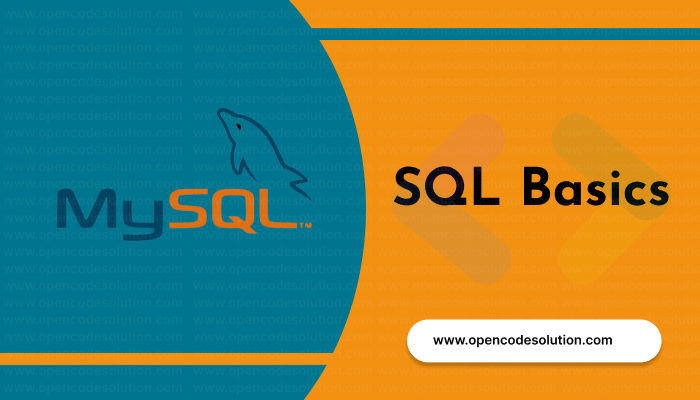
SQL Basics: A Beginner's Guide to S...
May 05,2023
Generating PDF Files in Laravel Usi...
April 26,2023
Laravel Image Intervention: A Guide...
April 26,2023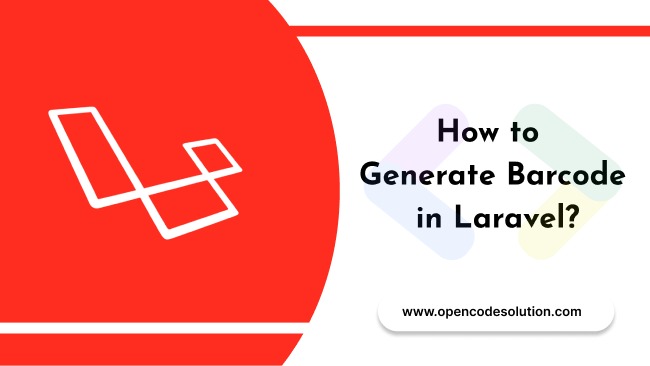
How to Generate BarCode in Laravel?
April 26,2023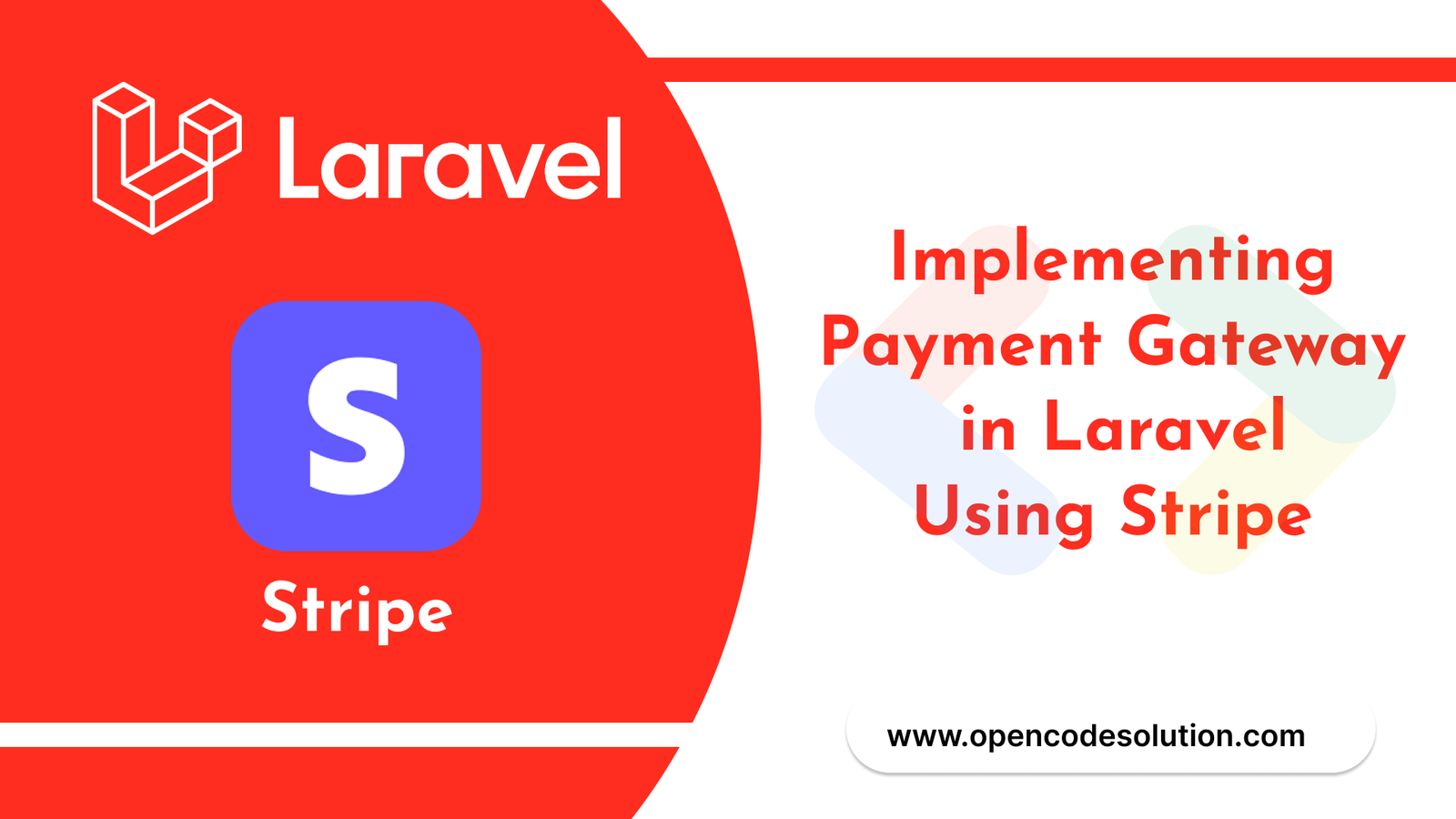
Implementing Payment Gateway in Lar...
March 26,2023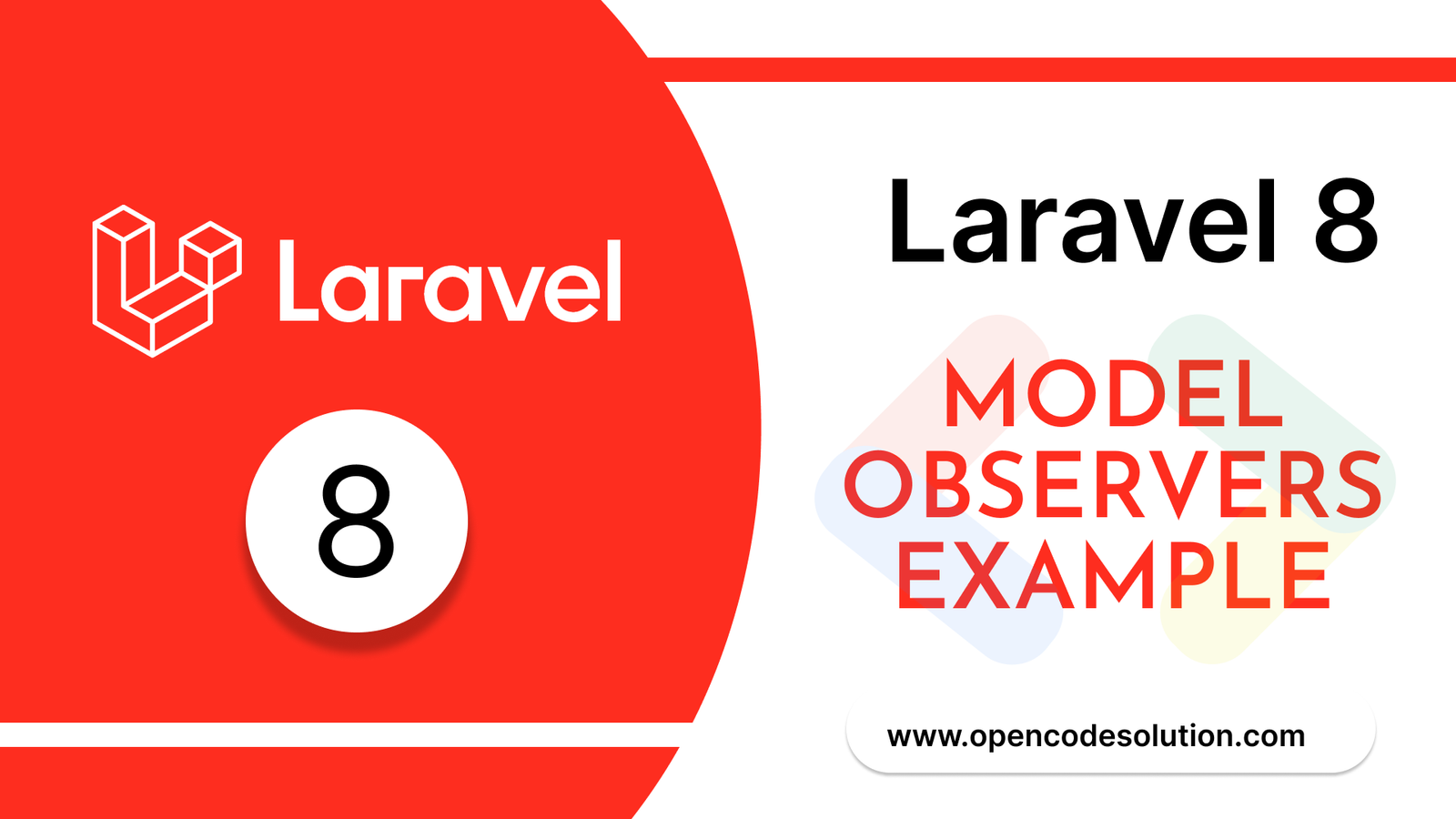
Laravel 8 Model Observers Example T...
March 10,2023
How to use Forelse loop in Laravel...
August 08,2022
What Is Wordpress #1
August 04,2022
Bootstrap Alerts
August 03,2022
Essential JS for PHP
August 03,2022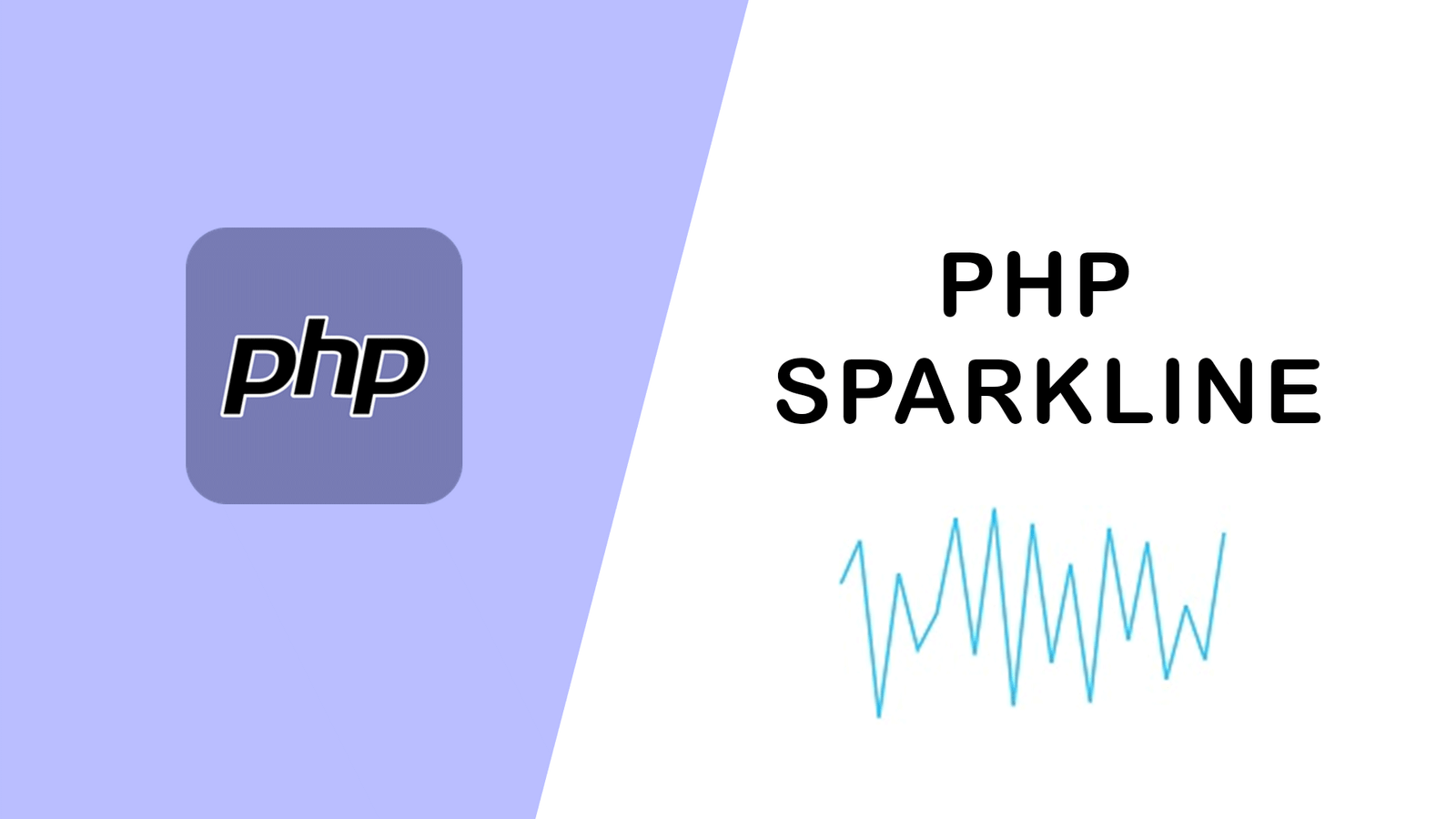
PHP Sparkline
August 03,2022
Groups in React Textbox
August 03,2022
JavaScript exercise-examples for Be...
August 03,2022
Create Social Login In Laravel With...
August 01,2022
Using Laravel Model Factories
July 30,2022
How to Include Bootstrap 5 in our w...
July 28,2022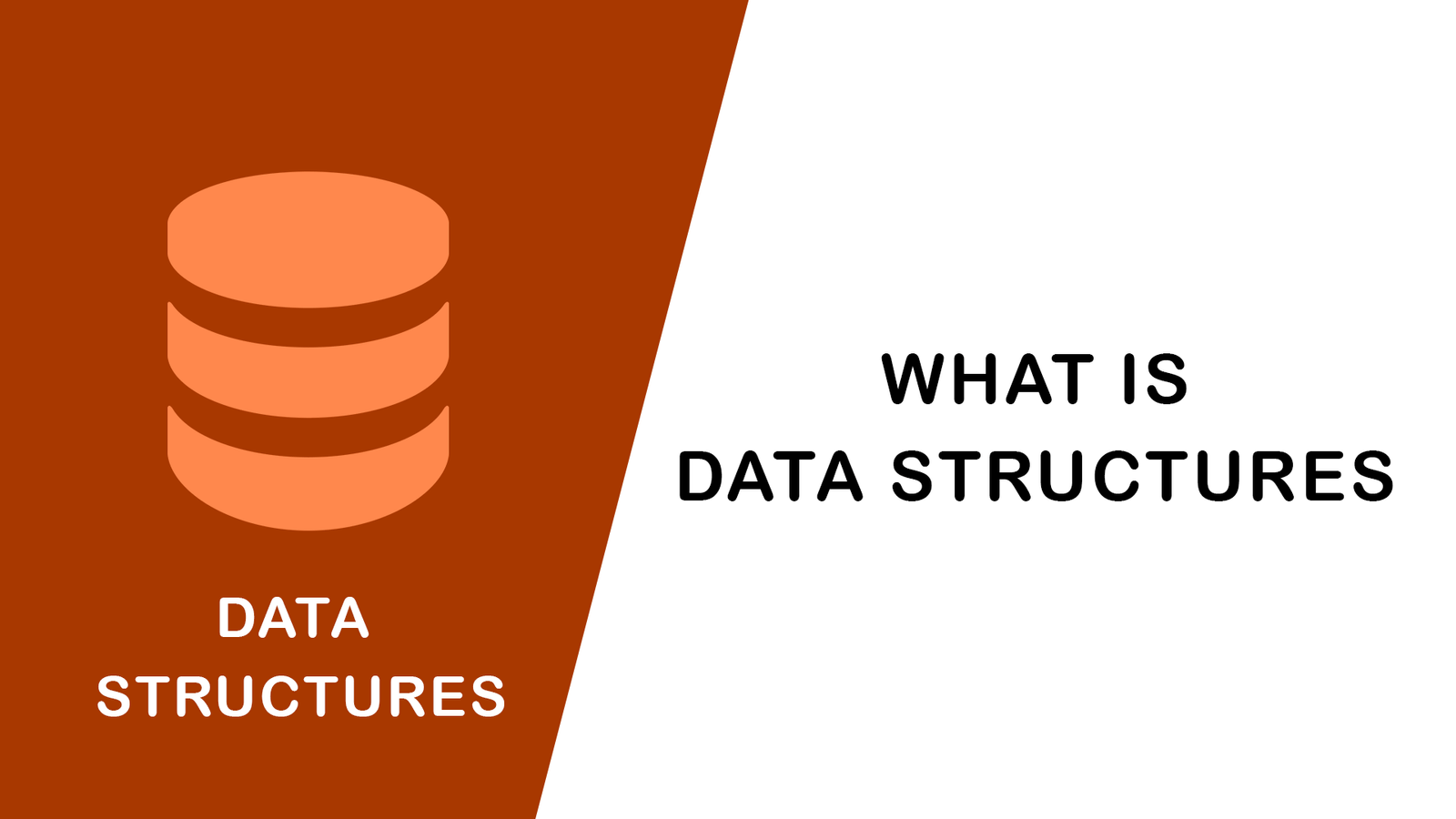
What Is Data Structures ?
July 28,2022
How to Validate Your Laravel App's...
July 27,2022
TOP 10 PROGRAMMING LANGUAGES USED B...
July 27,2022
Create Select Options from Enums, L...
July 27,2022
Fast Paginate for Laravel 9
July 27,2022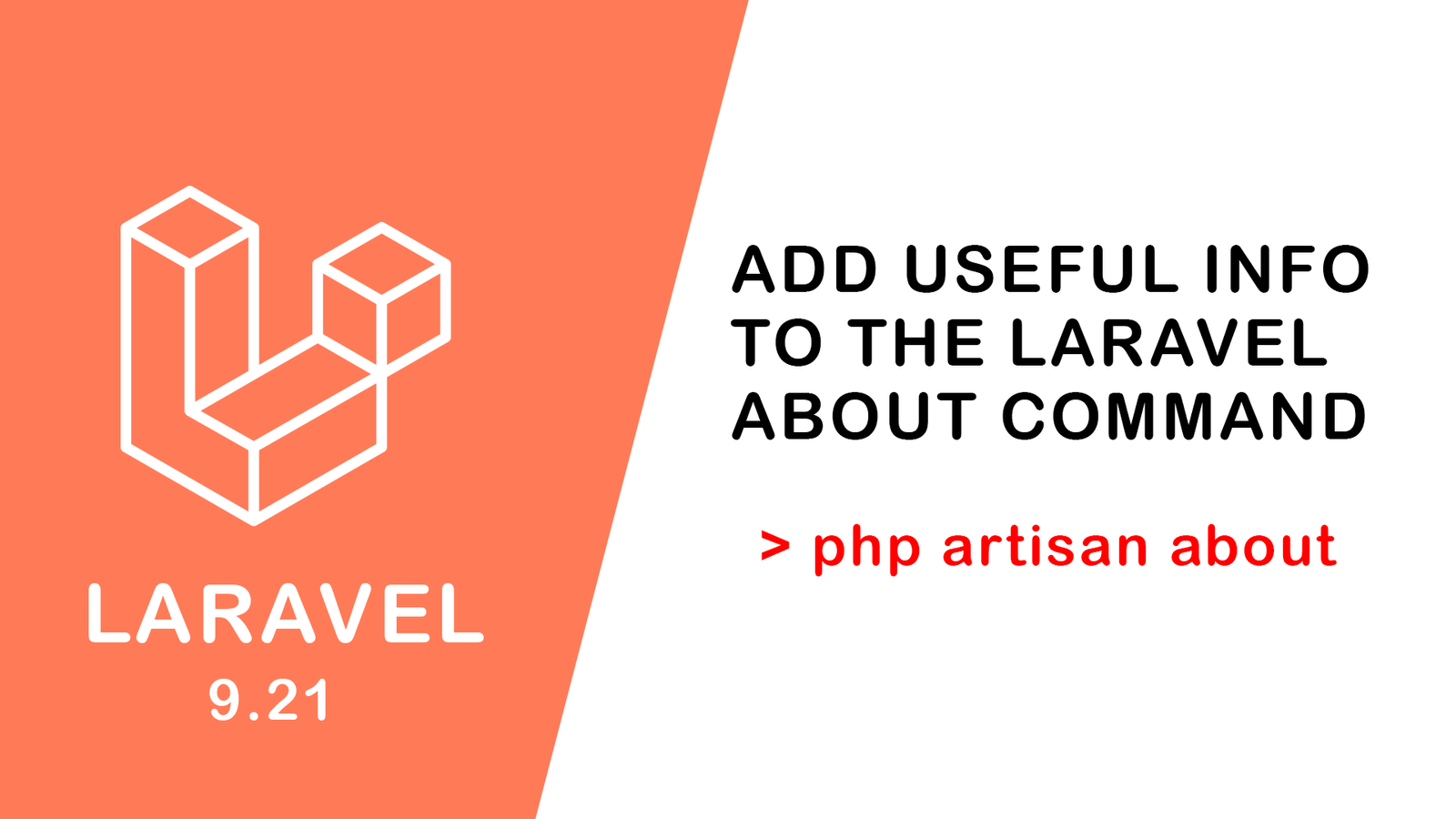
Add Useful Info to the Laravel Abou...
July 27,2022
Learn Most Common Git Commands
July 26,2022
React Hooks: Array Destructuring Fu...
July 25,2022
Laravel 8 CRUD operation
July 23,2022
How to Generate QR Code in Laravel...
July 21,2022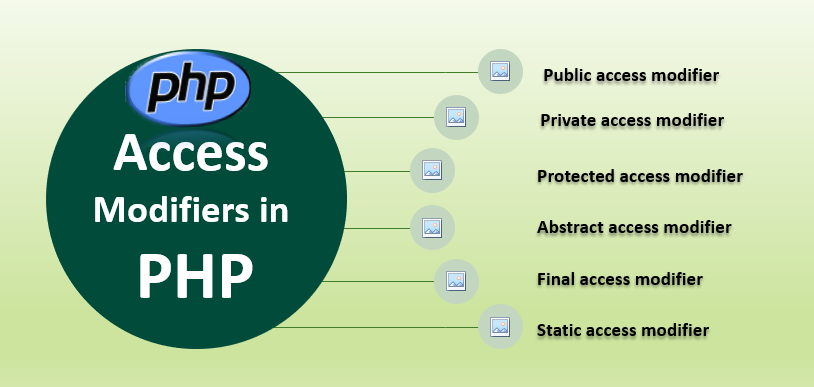
Access specifier in php
July 20,2022
